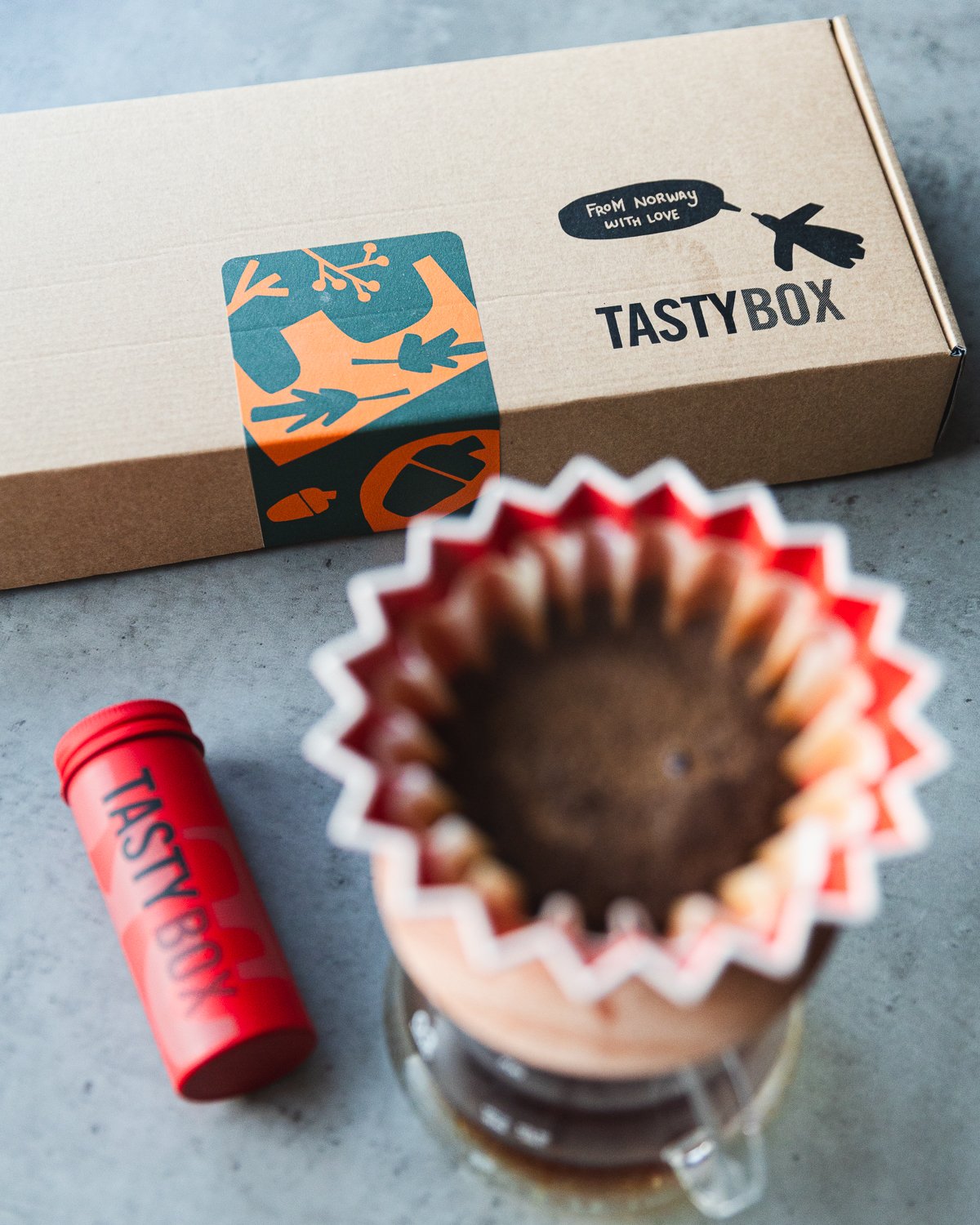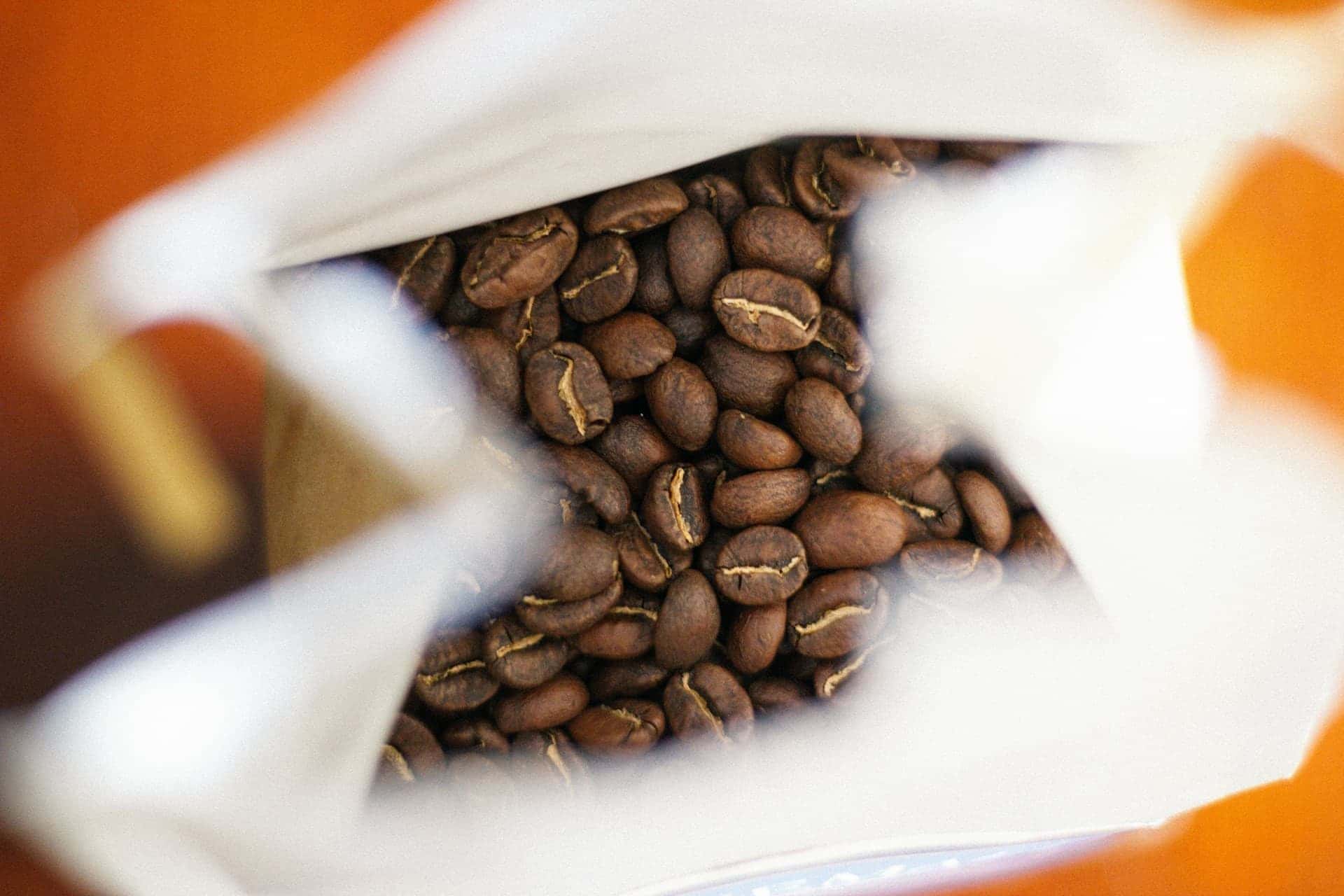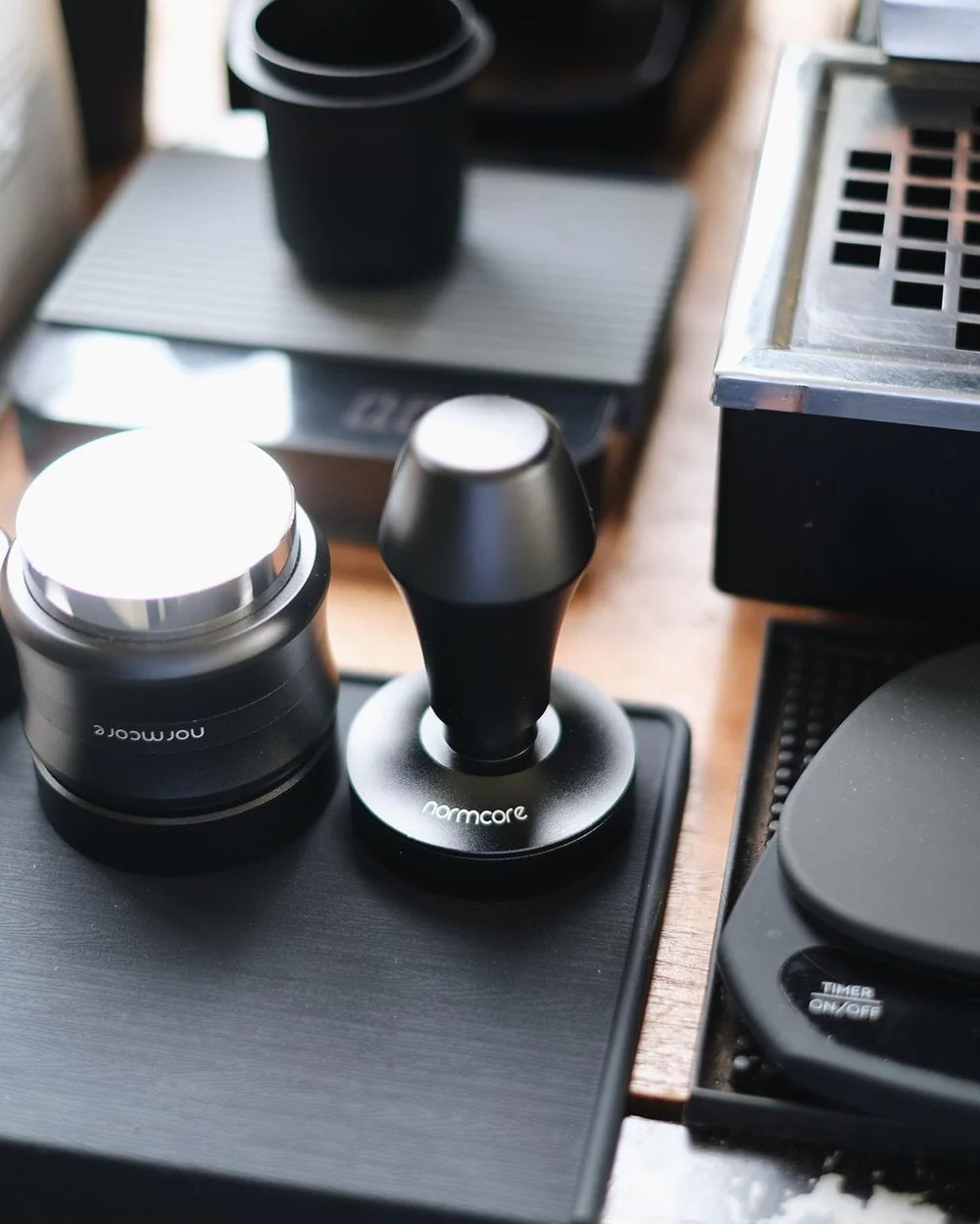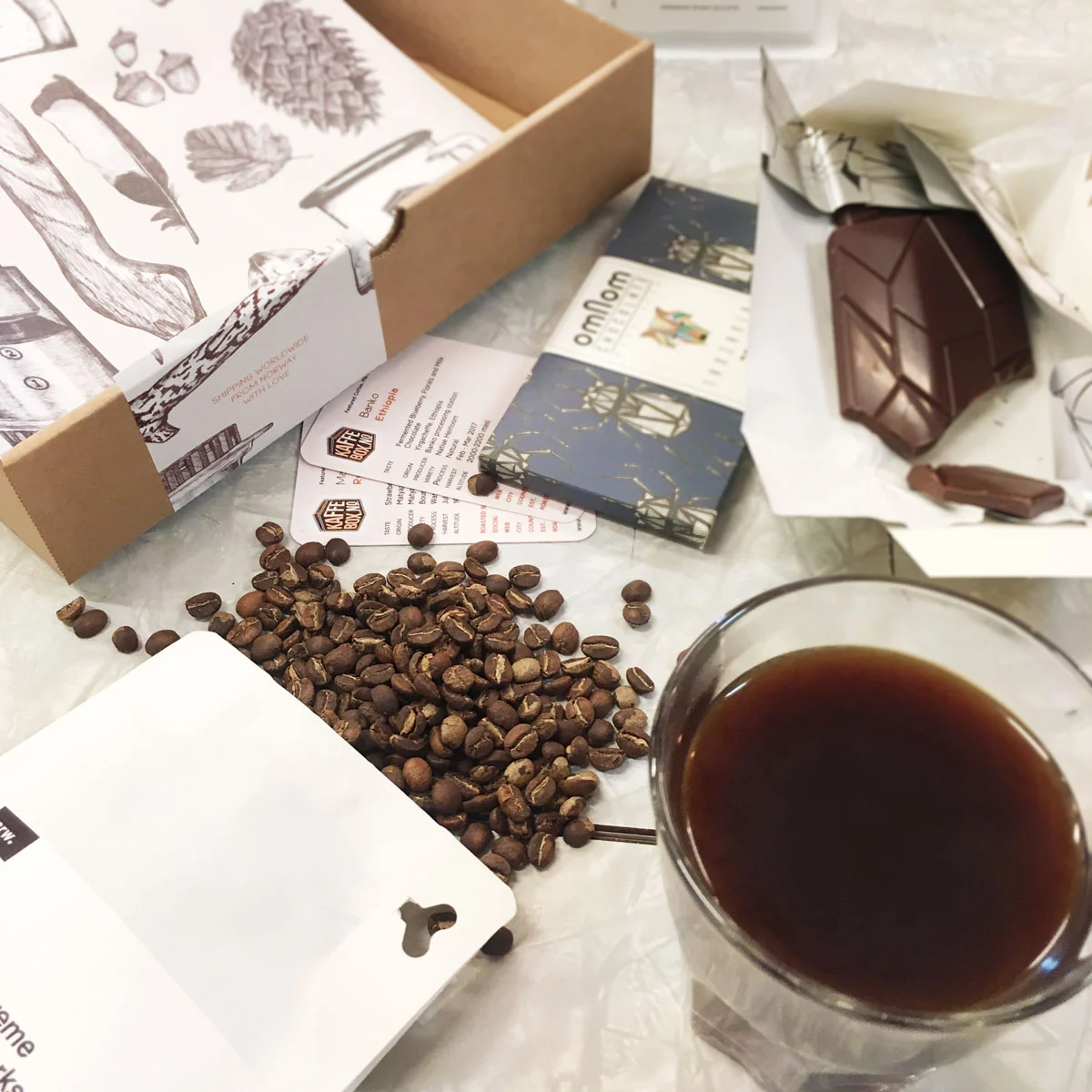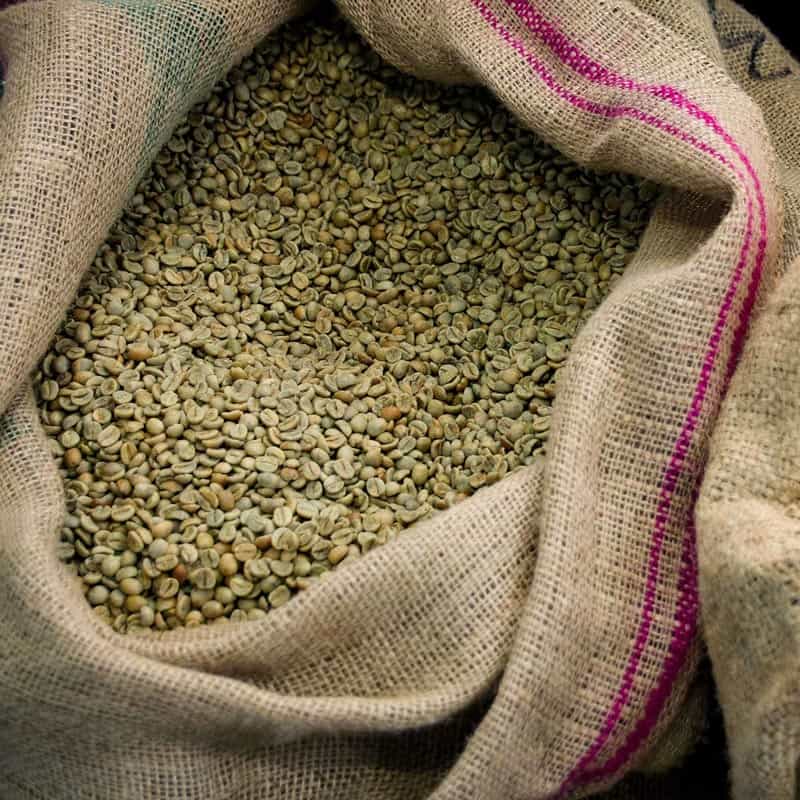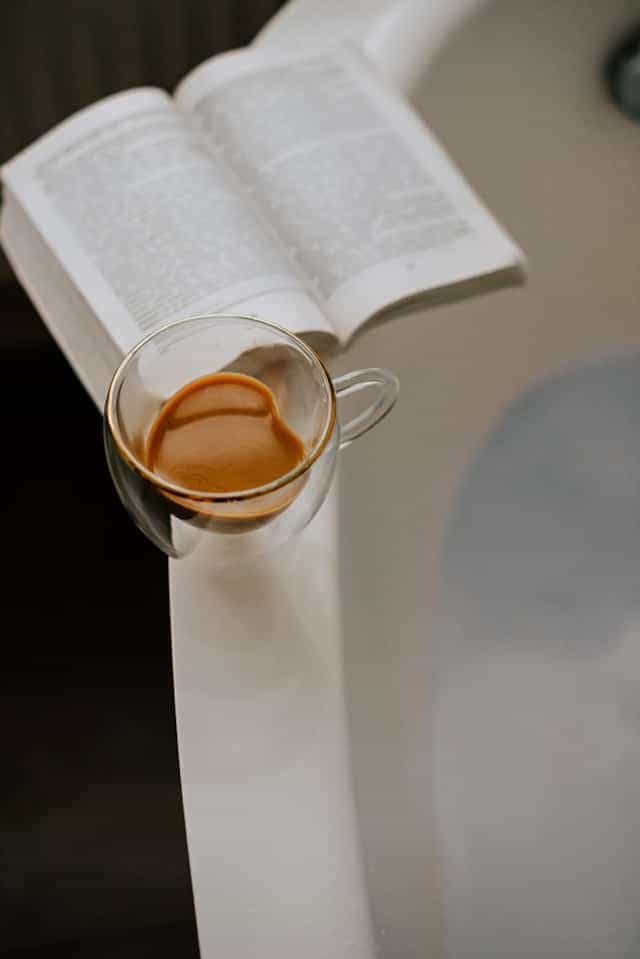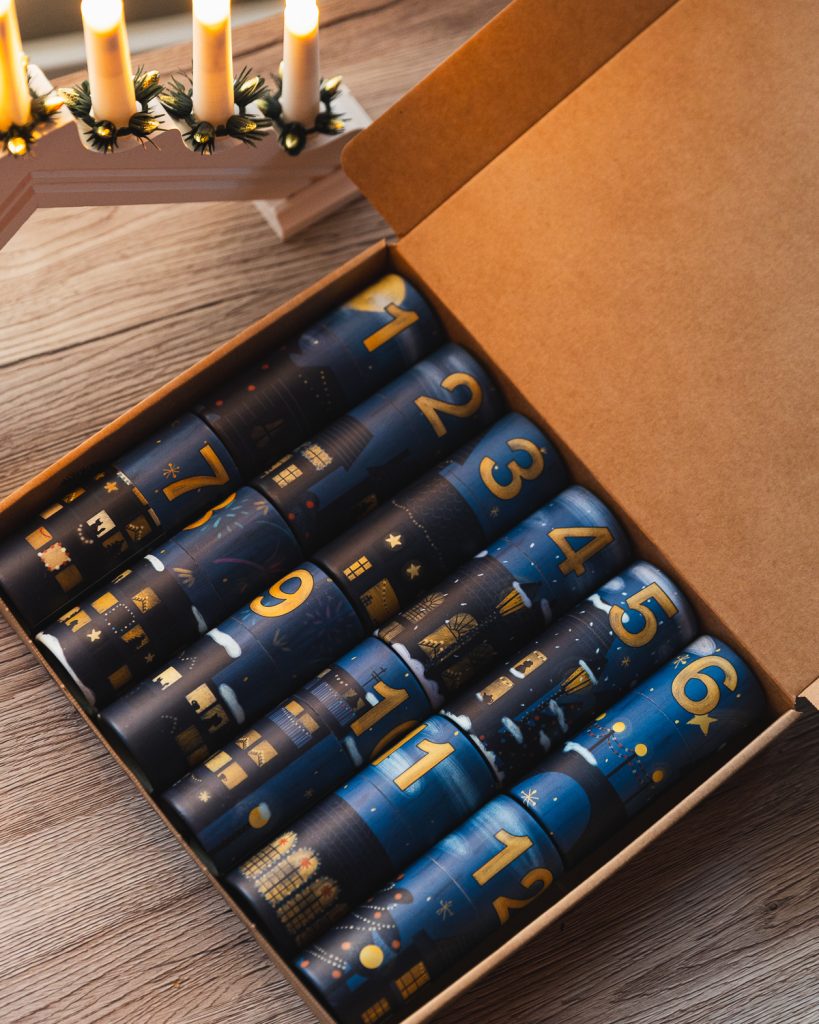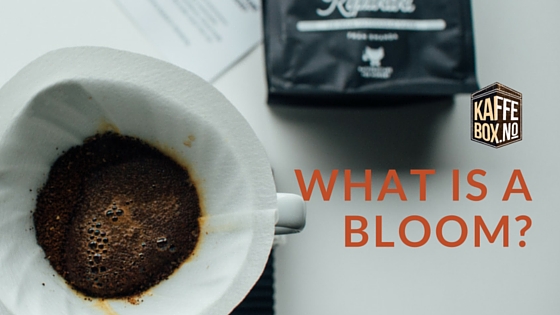Knowledge
What is a Coffee Bloom?
As a KaffeBox subscriber, you’ve probably run across this word before or are already familiar with the basics.
But have you experimented with changing up the bloom? What about comparing the tastes of a 10-second bloom next to a 1-minute bloom?
Bloom Basics
The bloom is the process of degassing a coffee, driven by contact with hot water. You see it happen the moment your hot water hits dry coffee grounds: the air bubbles that rise up and the froth that balloons into a convex shape.
In many coffee recipes, you will find the bloom time listed as the first line. At hot water’s first contact with ground beans, carbon dioxide begins to escape. Giving your coffee ample time to bloom helps you avoid the sour taste of carbon dioxide in your final brew.
Key points on a great bloom:
- Use fresh and freshly ground coffee
- Time your bloom: start with 30 seconds and adjust to your taste from there
- Carefully and evenly wet the grounds
How Roasting Affects the Bloom
The bloom draws its origin from the coffee roasting process. As coffee is roasted, chemicals like carbon dioxide become trapped inside the beans. The 14 days after roasting are usually when the coffee is degassing. This is one of the major reasons why coffee bags come with one-way valves. You want to be able to let gas out, but not allow oxygen in.
Keeping the coffee intact helps you achieve a more complex and flavorful brew.
The degassing time period is slow and not exact. While the general recommendation of coffee is to brew within the 14-day time frame, coffee can stale before and after that time mark.
Roasting plays a major role in the bloom. The darker the roast goes, the less chemicals that remain after roasting is complete.
Other Items that may affect the bloom:
- Bean density: High-density beans make degassing difficult
- Bean storage: One-way valves are key here. You want the coffee to be able to de-gas safely. Keep your beans in a cool, dry environment.
- Origin of beans: Some regions are known to degas more than others
- Staleness: As we mentioned earlier, the bloom is affected by the roast. After a certain time period, the coffee has expelled as much gas possible. Stale coffee will have only small blooms, if at all.
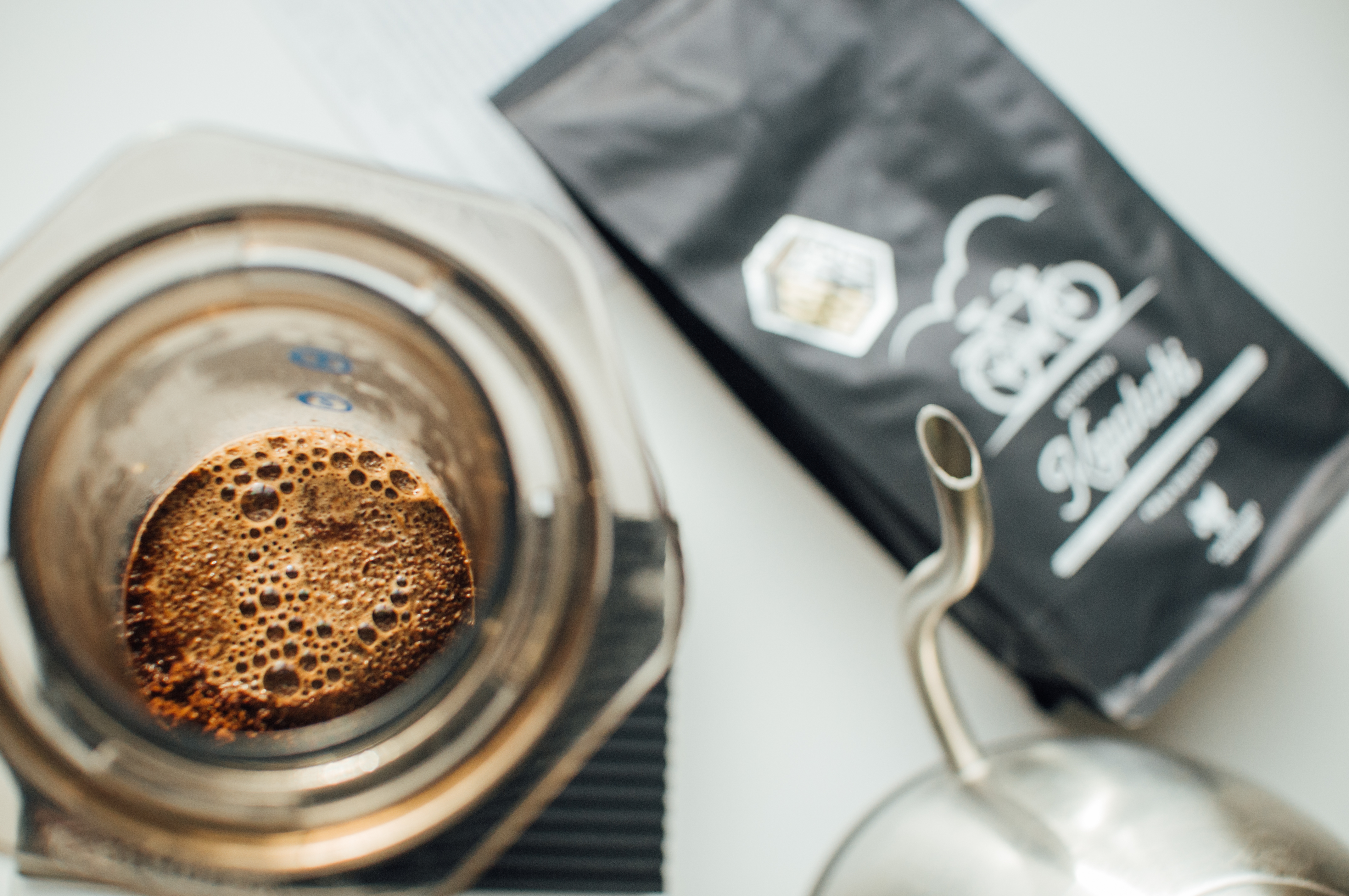
Experiment with Your Bloom at Home
Take the time to understand how your bloom’s time can affect your eventual cup of coffee. The easiest way to do this is to experiment with one method and one coffee – only changing the bloom time. While you could try two bloom times next to each other, we recommend going a step further and trying three bloom times: 10 seconds, 30 seconds, and one minute. Keep all your other variables the same.
Bloom Wrap-up
- Blooming for an adequate amount of time is important to your final brew
- Store your beans in a cool, dry container with a one-way valve
- Drink your coffee while it’s fresh! How well your coffee is blooming can be a good indication on how fresh the coffee is.
We’d love to know how you like to bloom and what comes out of your experiment! Connect with us on social media @KaffeBox on Twitter, Instagram, and Facebook.

